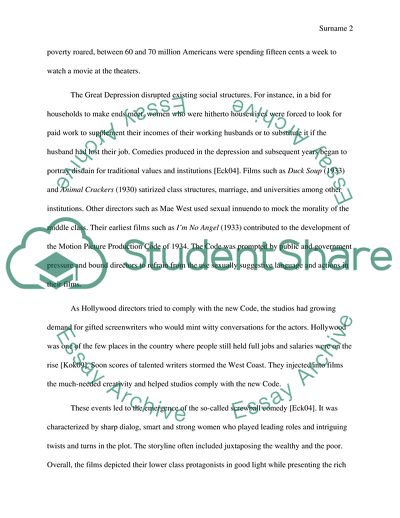Cite this document
(The Great Depression and the American Film Industry - The Hollywood Bl Case Study, n.d.)
The Great Depression and the American Film Industry - The Hollywood Bl Case Study. https://studentshare.org/visual-arts-film-studies/1856666-major-historical-events-leading-to-hollywood-blacklist-and-hollywood-10-1940s
The Great Depression and the American Film Industry - The Hollywood Bl Case Study. https://studentshare.org/visual-arts-film-studies/1856666-major-historical-events-leading-to-hollywood-blacklist-and-hollywood-10-1940s
(The Great Depression and the American Film Industry - The Hollywood Bl Case Study)
The Great Depression and the American Film Industry - The Hollywood Bl Case Study. https://studentshare.org/visual-arts-film-studies/1856666-major-historical-events-leading-to-hollywood-blacklist-and-hollywood-10-1940s.
The Great Depression and the American Film Industry - The Hollywood Bl Case Study. https://studentshare.org/visual-arts-film-studies/1856666-major-historical-events-leading-to-hollywood-blacklist-and-hollywood-10-1940s.
“The Great Depression and the American Film Industry - The Hollywood Bl Case Study”. https://studentshare.org/visual-arts-film-studies/1856666-major-historical-events-leading-to-hollywood-blacklist-and-hollywood-10-1940s.


